Quasars are some of the remotest and most mysterious astral bodies in the Universe. Most are located more than 3 billion light-years from Earth, a distance roughly equivalent to 20,000 times the diameter of a large galaxy. Quasars emit light that is barely visible from Earth because of the great distance, and can only be seen through telescopes. They appear as something akin to pale stars. But astronomers estimate that each of these bodies is in fact 100 times brighter than a galaxy. The brightest known quasar would be able to provide daylight to the Earth from a distance of nearly 2 million times the distance separating the Earth from the Sun.
According to the most widely accredited theory, quasars are massive black holes. A black hole is an astral body with a force of gravity so intense that it is able to capture and absorb light. Their enormous gravitational pull is also able to draw in all interstellar gases surrounding the black hole. In a single day, a quasar can burn more matter than is contained in our Sun. Before being swallowed by the black hole, the interstellar gases emit large amounts of energy. This energy, in turn, is what makes quasars appear so extraordinarily bright. As quasars are located billions of light-years away, the light they emit travels for billions of years before reaching the Earth. As a result, we see quasars the way they looked billions of years ago. When we watch a quasar, we are in effect watching the remote past.
According to the Big Bang theory, quasars give us a vision of the Universe in its early stages. The Big Bang theory holds that the Universe is the result of a single event, something similar to a huge explosion, which supposedly took place a little less than 14 billion years ago. Quasars, some of the Universe’s most ancient bodies, might thus represent the earliest phase in the development of a galaxy. According to some astronomers, the Milky Way – the galaxy that includes our Solar System – also went through its own quasar phase before becoming what it is today. But the Big Bang theory fails to address the full nature of quasars. In fact, it is not clear why elements heavier than helium, contained in quasars, were formed in the Universe.
According to the most widely accredited theory, quasars are massive black holes. A black hole is an astral body with a force of gravity so intense that it is able to capture and absorb light. Their enormous gravitational pull is also able to draw in all interstellar gases surrounding the black hole. In a single day, a quasar can burn more matter than is contained in our Sun. Before being swallowed by the black hole, the interstellar gases emit large amounts of energy. This energy, in turn, is what makes quasars appear so extraordinarily bright. As quasars are located billions of light-years away, the light they emit travels for billions of years before reaching the Earth. As a result, we see quasars the way they looked billions of years ago. When we watch a quasar, we are in effect watching the remote past.
According to the Big Bang theory, quasars give us a vision of the Universe in its early stages. The Big Bang theory holds that the Universe is the result of a single event, something similar to a huge explosion, which supposedly took place a little less than 14 billion years ago. Quasars, some of the Universe’s most ancient bodies, might thus represent the earliest phase in the development of a galaxy. According to some astronomers, the Milky Way – the galaxy that includes our Solar System – also went through its own quasar phase before becoming what it is today. But the Big Bang theory fails to address the full nature of quasars. In fact, it is not clear why elements heavier than helium, contained in quasars, were formed in the Universe.
RELATED


THE LIVER


ARCHIMEDES' PRINCIPLE


HYBRID VEHICLE
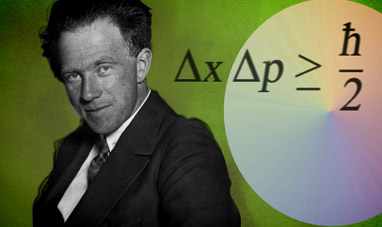

THE HEISENBERG PRINCIPLE


JOHANNES KEPLER


COMMON COLD


THE BRAIN


CARNIVOROUS PLANTS


BARRACUDA


TIGER


CENTRIFUGAL FORCE
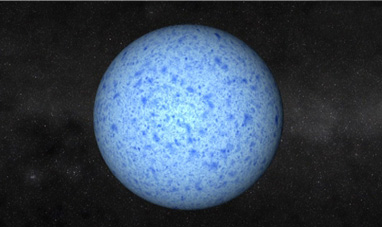

NOVAE


DROMEDARY


FORCE, EQUILIBRIUM AND LEVERAGE


PENGUIN


GARLIC


TARANTULA


GULL
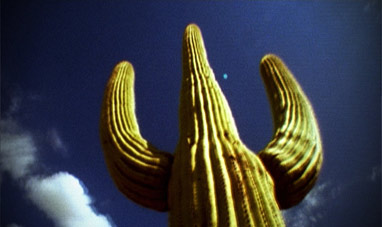

CACTUS


FLY


CATERPILLAR


SHEEP


EDMUND HALLEY


CHEMICAL BONDS


SKIN


CHILDBIRTH


KANGAROO


THE SKELETON
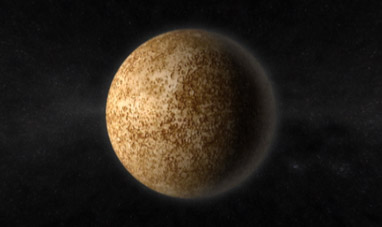

MERCURY


PARROTT


COBRA
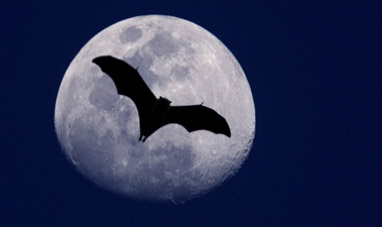

BAT


SEAL


SCORPION


TORTOISE


STEPHEN HAWKING
